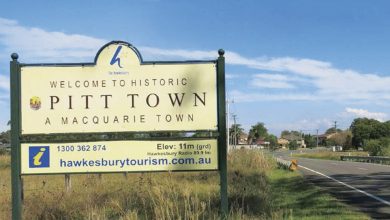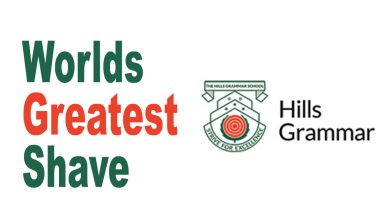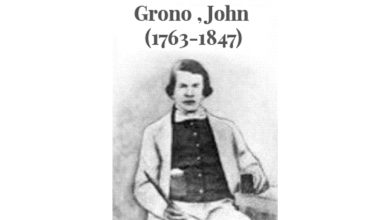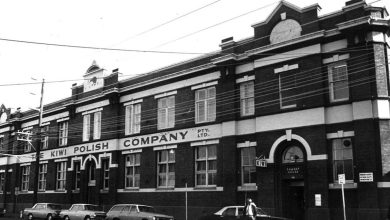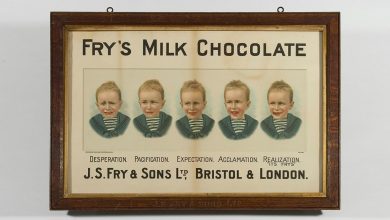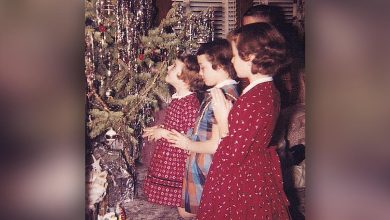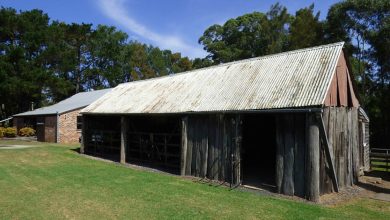Source: A Humble Little Hall: the Prospect School of Arts by Les Tod
The Prospect School of Arts organisation was founded in July 1900, its Rules and By-laws stating “the object of the institution shall be the intellectual and social improvement of its members by the cultivation of literature, science and art.” This was to be accomplished by “the maintenance of a Library and Reading Room, the delivery of Lectures, the foundation of Classes, the encouragement of Societies for mutual improvement and intellectual recreation, the holding of Industrial and Fine Art Exhibitions, and by such other means as the Committee of Management may from time to time deem advisable provided that no subject of a religious or sectarian character shall be introduced for discussion or debate”.
Even though in Prospect the organisation was established in 1900, in those early years it did not have a home of its own and used what premises were available.
The Cumberland Argus and Fruitgrowers Advocate reported in February, 1901 that “a large and merry gathering in Prospect School of Arts was presided over by Mr R H Lalor, celebrated a pound night in the School of Arts on Saturday. Three pounds was raised towards the piano fund.”
A few months later, another report stated “This institute continues to flourish. On Saturday an admirable series of lantern pictures was exhibited. Mr W Giles’ Concert Company is to give an entertainment for which a first class programme has been arranged.”
On 8 September 1908, a special general meeting was held in Watt’s Hall, to accept the offer of Mr George Henry Watts of land for the School of Arts. This site was opposite the post office on the Old Western Road.
The “father” of the Prospect School of Arts was said to be Mr A F Jacob, who resided at Veteran Hall at Prospect. In 1908 he wrote to the authorities in support of the proposal.
The new School of Arts building was opened on 18 November, 1908.
It is interesting to note that to celebrate the opening of the School of Arts, the festivities had to be held in Watt’s Hall and not in the School of Arts itself. At that stage, as the article says, the building comprised only two rooms and it was hoped to add a hall later. The library comprised 234 volumes, in addition to a number of short volumes and penny poets.
In 1912 the extensions were duly completed, and a Grand Reopening Social was held on Saturday, June 22, 1912, in aid of the Enlargement Fund.
In 1916 it was announced that the institution was prospering, and a further parcel of £5 worth of books had been added to the library, with good support for the recreation room “although perhaps not as well as it should be…” In those times, library facilities were not provided by the local council – and would not be for many decades to come, so a library was seen as a place of both recreation and education for adults.
In 1917 a Welcome Home was held for Private W Cameron, recently returned from Gallipoli. In 1918 the School of Arts was again filled for a Welcome Home, this time for Private Hunt. Another Welcome Home was held on 20 September, 1919 for four returned soldiers, Trooper Gardiner, Private Strang, Sergeant Tonkin and Lance Corporal Abraham.
The extensive use of the School of Arts continued, with euchre, cabaret, dancing, balls, first aid classes, linen teas, a debating society, revues, shower teas, and use as a polling place. The little hall had become the community centre of Prospect, and a very busy one at that.
By 1923 even the additions were proving too small, and it was decided to build a second, larger hall immediately adjacent to the original. Once again George Henry Watts donated the extra portion of land, and this was transferred to the trustees – Albert Francis, Jacob George, Henry Watts, George Henry Watts and Joseph Hicks on 1 February, 1923.
The new School of Arts hall opened on 2 June, 1923 and was licensed as a public hall on 13 August, 1923. It was a much larger building, with an office and cloak room at the front and a large stage and dressing area at the rear. The old building continued to be used as a reading and supper room.
May 1924 saw the first in a series of variety dances conducted by Messrs Barber, Sanderson and Brown, of the Sunshine Music Parlour in Parramatta.
In October 1924 a bazaar was held in the hall to raise money to reduce the debit attached to the building.
Extensions to the hall were opened on Saturday 19 June, 1937.
Mr Cornell opened his Prospect Theatre on 18 January, 1950 with the film Blue Skies, starring Fred Astaire and Bing Crosby. Seating capacity was 250.
In 1953 Cornell sold his picture show rights at the hall to Mr A V Thompson, who continued to show films until 7 June, 1958.
With people’s social and recreational activities also changing, and without the picture show’s weekly revenue, the Prospect School of Arts entered its final years – ones of neglect and decline. The aspirations of its founders in 1900 had long been forgotten. Blacktown Municipal Council now had a library and TAFE colleges and high schools were springing up throughout the district, making the objectives of Schools of Arts no longer necessary and an anachronism. Licensed clubs were providing entertainment and recreation, and television had closed many theatres since its introduction. People’s leisure habits were changing, and the availability of motor cars had made travel and other forms of recreation available to everyone. Small village halls like the School of Arts at Prospect were quickly becoming relics of the past.
In 1964 the hall was de-licensed, meaning it could not be used for any public purpose. Abandoned and forgotten by the community it was built to serve, condemned as being unsightly and unsafe, the School of Arts now sat quietly awaiting its fate. Both the halls of 1908 and 1923 were destroyed by fire on 10 August, 1968.


